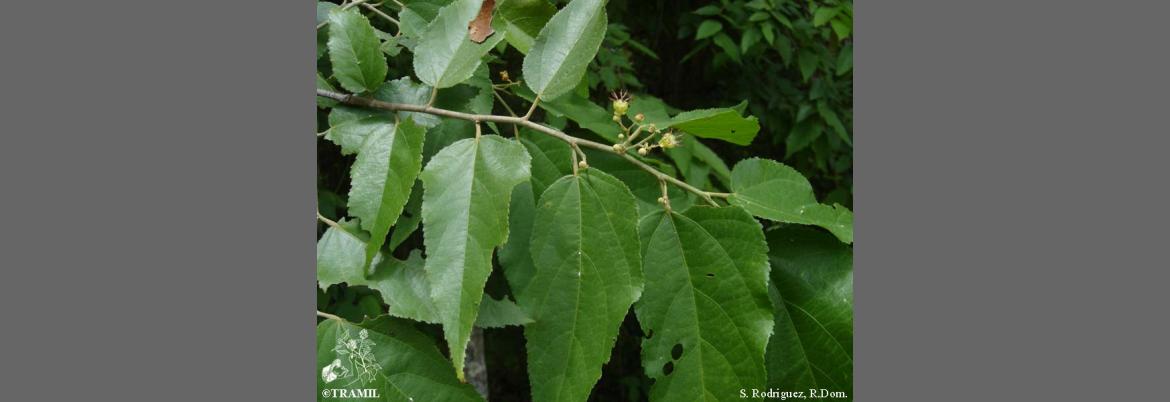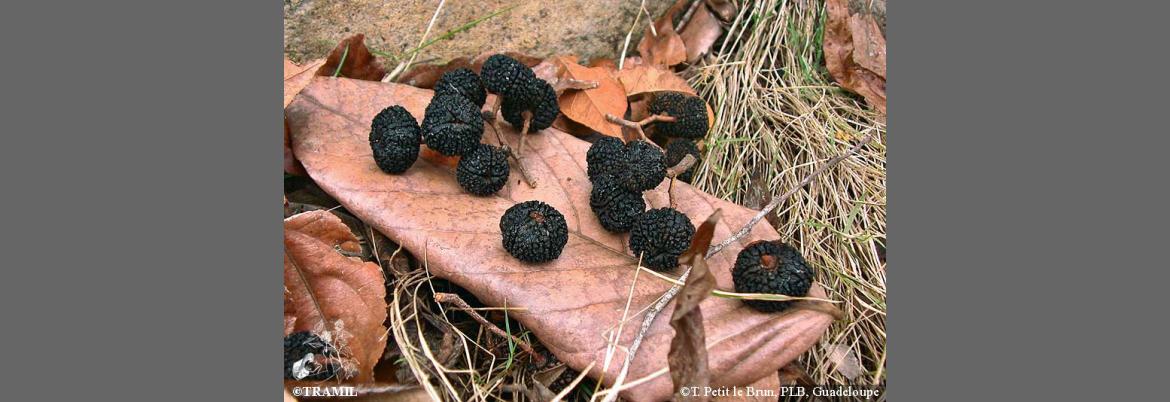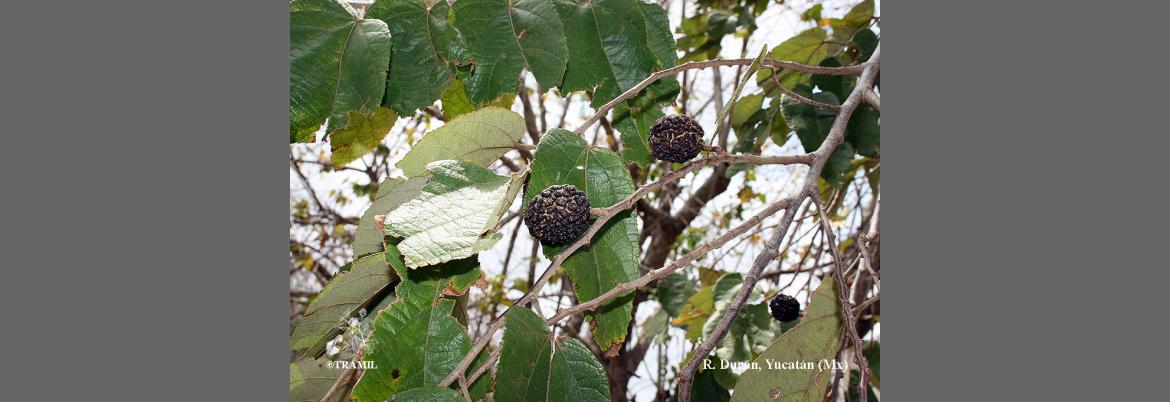1 WENIGER B, ROUZIER M, 1986 Enquête TRAMIL. Service Oecuménique d'Entraide SOE, Port au Prince, Haïti.
2 WENIGER B, SAVARY H, DAGUIHL R, 1984 Tri phytochimique de plantes de la liste TRAMIL. Laboratoire de chimie des substances naturelles, Faculté de Médecine et de Pharmacie, Université d'Etat d'Haïti, Port au Prince, Haïti.
3 WONG W, 1976 Some folk medicinal plants from Trinidad. Econ Bot30:103-142.
4 HOR M, HEINRICH M, RIMPLER H, 1996 Proanthocyanidin polymers with antisecretory activity and proanthocyanidin oligomers from Guazuma ulmifolia bark. Phytochemistry 42(1):109-119.
5 CARBALLO A, 1995 Plantas medicinales del Escambray cubano. Informe TRAMIL. Laboratorio provincial de producción de medicamentos, Sancti Spiritus, Cuba.
6 GIRON L, 1988 Evaluación de la actividad antibacteriana de 4 plantas de la lista TRAMIL. Facultad de Ciencias Químicas y Farmacia, Universidad de San Carlos USAC, Guatemala, Guatemala.
7 GUPTA M, ESPOSITO AVELLA M, 1988 Evaluación química y farmacológica de algunas plantas medicinales de TRAMIL. Centro de Investigaciones Farmacognósticas de la Flora Panameña CIFLORPAN, Facultad de Farmacia, Universidad de Panamá, Panamá, Panamá.
8 CACERES A, GONZALEZ S, GIRON L, 1998 Demostración de la actividad antimicrobiana de plantas tramil en base a los usos populares en la cuenca del Caribe. Laboratorio de productos fitofarmacéuticos Farmaya y Facultad de Ciencias Químicas y Farmacia, Universidad de San Carlos, Guatemala, Guatemala. 22pp.
9 NASCIMENTO S, CHIAPPETA A, LIMA R, 1990 Antimicrobial and cytotoxic activities in plants from Pernambuco, Brazil. Fitoterapia 61(4):353-355.
10 TSENG C, IWAKAMI S, MIKAJIRI A, SHIBUYA M, HANAOKA F, EBIZUKA Y, PADMAWINATA K, SANKAWA U, 1992 Inhibition of in vitro prostaglandin and leukotriene biosyntheses by cinnamoyl-beta-phenethylamine and N-acyldopamine derivatives. Chem Pharm Bull 40(2):396-400.
11 NEGWER M, 1987 Organic chemical drugs and their synonyms (an international survey). 6º ed. Berlin, Germany: Akademie Verlag.
12 DUKE JA, 1992 Handbook of biologically active phytochemicals and their bioactivities. Boca Raton, USA: CRC Press.
13 HERRERA J, 1990 Determinación de parámetros farmacológicos en vegetales utilizados en medicina tradicional en la Cuenca del Caribe. Informe TRAMIL. Laboratorio de fitofarmacología, Departamento de Farmacología, Facultad de Salud, Universidad del Valle, Cali, Colombia.
14 HOEHNE FC, 1939 Plantas e substâncias vegetais tóxicas e medicinais. São Paulo, Brazil: Dep. Bot. do Estado Sao-Paulo. Ed Graphicars.
15 CARBALLO A, 1995 Cálculo de concentración y dosis de las drogas vegetales TRAMIL: Mensuraciones farmacognósticas y aproximaciones técnico-clínicas. Laboratorio provincial de producción de medicamentos, Sancti Spiritus, Cuba.
16 CACERES A, 1996 Plantas de uso medicinal en Guatemala. Guatemala, Guatemala: Editorial Universitaria de San Carlos. p126.
17 MARTINEZ MJ, LOPEZ M, MOREJON Z, BOUCOURT E, FUENTES V, MORON F, 2007 Irritabilidad dérmica primaria de corteza del tallo fresco machacado deGuazuma ulmifolia Lam.Informe TRAMIL. Laboratorio Central de Farmacología, Facultad de Ciencias Médicas “Dr. Salvador Allende”, La Habana, Cuba.
18 MARTINEZ MJ, LOPEZ M, MOREJON Z, BOUCOURT E, FUENTES V, MORON F, 2007
Irritabilidad dérmica primaria de hoja seca machacada deGuazuma ulmifolia Lam. Informe TRAMIL. Laboratorio Central de Farmacología, Facultad de Ciencias Médicas “Dr. Salvador Allende”, La Habana, Cuba.




























